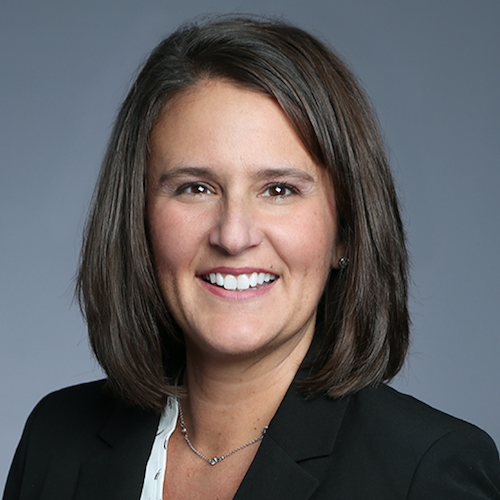
Fifty-two percent of the debt ratings for the companies included in the 19th annual LeadingAge Ziegler LZ 200 Report released Thursday fall into the BBB category as rated by Standard & Poor’s and Fitch Ratings. And approximately 36% of the rated debt among the LZ 200 falls in the A category.
The LZ 200 report includes more than 200 providers of multi-site systems, more than 150 single-site campuses and government-subsidized multi-site housing providers. Almost 30% of the total number of units for all senior living and care systems on the lists are represented by the 10 largest providers:
- National Senior Campuses, Wellesley, MA
- The Evangelical Lutheran Good Samaritan Society, Sioux Falls, SD
- Acts Retirement–Life Communities, Fort Washington, PA
- Presbyterian Homes and Services, Roseville, MN
- Ascension Living, St. Louis
- HumanGood, Pleasanton, CA
- Covenant Living Communities & Services, Skokie, IL
- Lifespace Communities, West Des Moines, IA
- Trinity Health Senior Communities, Livonia, MI
- Benedictine, Duluth, MN
“With regard to debt ratings, the LZ 200 [providers] are similar in pattern to the sector as a whole in that the largest proportion of ratings are in the BBB category,” Lisa McCracken, director of senior living research at specialty investment bank Zielger, told the McKnight’s Business Daily. “However, there is a slightly higher percentage of overall ratings that are in the A category among the LZ 200 compared to all debt ratings in the not-for-profit senior living sector.”
She said that Fitch is the dominant rating agency within the sector.
The largest LZ 200 organizations have revenues beyond $200 million (21 organizations), according to the report. The largest number of LZ 200 organizations fall within the Tier III category, which reflects annual revenue between $50 million and $99 million.
“On the revenue side, I think one of the macro observations is that there is a pretty wide range of annual revenue figures among the 200 organizations,” McCracken said. “The providers ranked in the largest 25 are at a much larger revenue scale than those nearing the 200 rank.”
The revenue figures include all sources of revenue, so the rankings only reflect size based on market-rate unit counts, she said.
“There are a number of providers with significant home- and community-based service platforms or substantial affordable housing divisions that are clearly impactful at the revenue level but do not necessarily show up in the primary rankings,” McCracken said. Those primary rankings do not include HCBS or affordable senior housing, although HCBS and affordable senior housing information is included elsewhere in the report.
McCracken cited National Church Residences as an example of a company that doesn’t show up in the primary rankings, given its large, national affordable senior housing footprint.
“So while the primary rankings are meaningful and garner the majority of the focus when the report is released, there are other listings within the full report that merit review,” she said. “Revenue is one of those listings, as well as the listing of those who manage other communities and also the overall listing, that is inclusive of both the market-rate and affordable (government-subsidized) housing.”
For additional coverage of the 2022 LZ 200 report, see McKnight’s Senior Living and McKnight’s Long-Term Care News.




